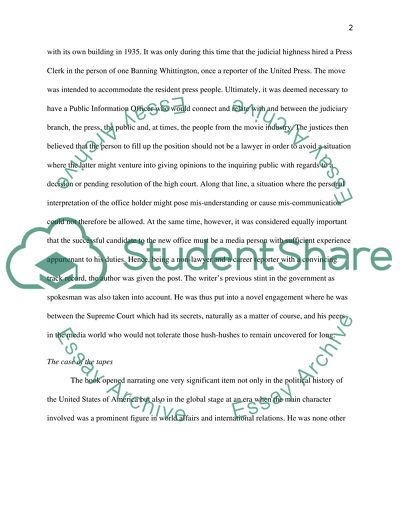Cite this document
(“America's Court Essay Example | Topics and Well Written Essays - 2500 words”, n.d.)
America's Court Essay Example | Topics and Well Written Essays - 2500 words. Retrieved from https://studentshare.org/miscellaneous/1561646-americas-court
America's Court Essay Example | Topics and Well Written Essays - 2500 words. Retrieved from https://studentshare.org/miscellaneous/1561646-americas-court
(America'S Court Essay Example | Topics and Well Written Essays - 2500 Words)
America'S Court Essay Example | Topics and Well Written Essays - 2500 Words. https://studentshare.org/miscellaneous/1561646-americas-court.
America'S Court Essay Example | Topics and Well Written Essays - 2500 Words. https://studentshare.org/miscellaneous/1561646-americas-court.
“America'S Court Essay Example | Topics and Well Written Essays - 2500 Words”, n.d. https://studentshare.org/miscellaneous/1561646-americas-court.


